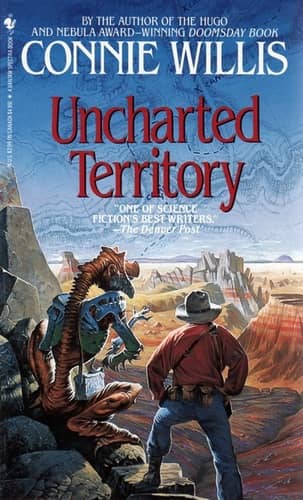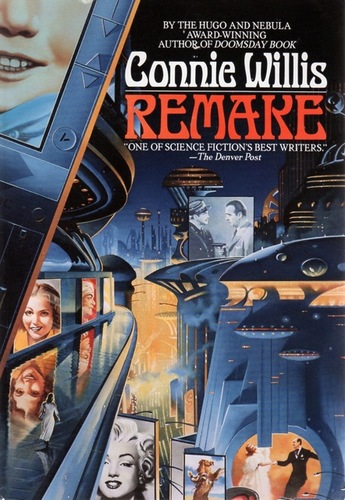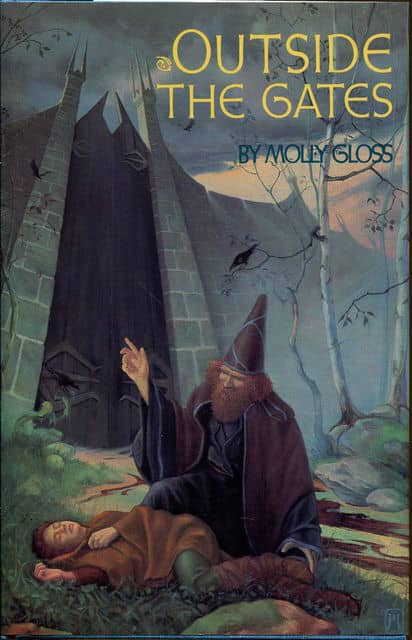A Spectacularly Gruesome Nasty: The Fungus by Harry Adam Knight
 |
 |
I first discovered Valancourt Books at their wondrous booth in the Dealer’s Room of the 2014 World Fantasy Convention in Washington DC (I wrote about that revelatory find here.) So as soon as I entered the Dealer’s Room at this year’s WFC in Baltimore I searched them out, and was delighted to find them with a well-stocked booth again this year. I stocked up on several of their recent releases, including a new collection from Steve Rasnic Tem, Michael McDowell’s creepy novel Cold Moon Over Babylon, a pair of novels by Mervyn Wall, and the latest volumes of The Valancourt Book of Horror Stories. But I think my most interesting acquisition was The Fungus, a reprint of a gonzo 1985 horror novel by “Harry Adam Knight” (the pseudonym of British writers John Brosnan and Leroy Kettle). Ramsey Campbell called it “A spectacularly gruesome nasty, written with inventiveness, grisly wit, and considerably more intelligence than almost any of its competitors,” and Publishers Weekly raved about it, saying:
What would happen if, through a genetic experiment gone awry, fungi–mushrooms, toadstools, molds and yeasts — were to go out of control and grow with unprecedented vigor and speed and tenacity, and in places formerly inimicable (sic) to them? Knight has pulled out the stops to produce an imaginative and fast-paced sci-fi horror tale set in the British Isles. The protagonist is Barry Wilson, a semi-successful author of spy novels and a former mycologist. Barry’s wife Jane, from whom he is separated, is the scientist whose experiment has lead (sic) to the disaster, and the British government has called upon Barry to help find Jane and her lab notes. Crossing London in an armored tank, Barry and two other volunteers observe all sorts of grotesqueries: people and animals covered with multicolored fungi, some still alive, some now quite insane; farms and buildings and forests draped in spongy shrouds; mushrooms tall as skyscrapers…. A first-rate and vivid thriller.
That’s some great press, but I think what really sold me was the marvelous cover by M.S. Corley. The Fungus was published by Valancourt Books on October 2, 2018. It is 191 pages, priced at $15.99 in trade paperback and $6.99 for the digital version. See all of our coverage of the excellent Valancourt Books here, and check out their website here.
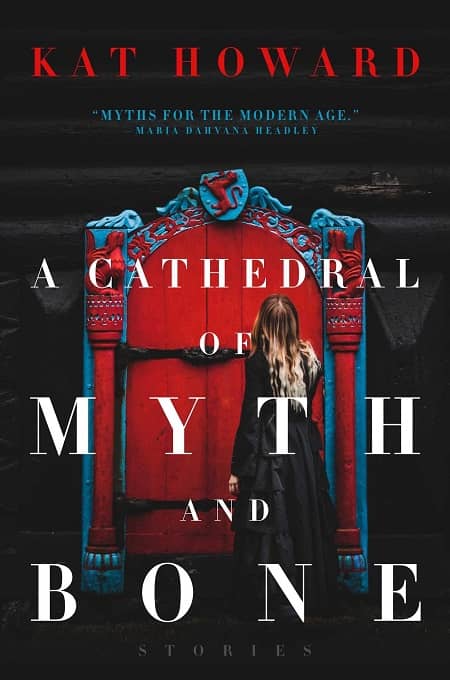

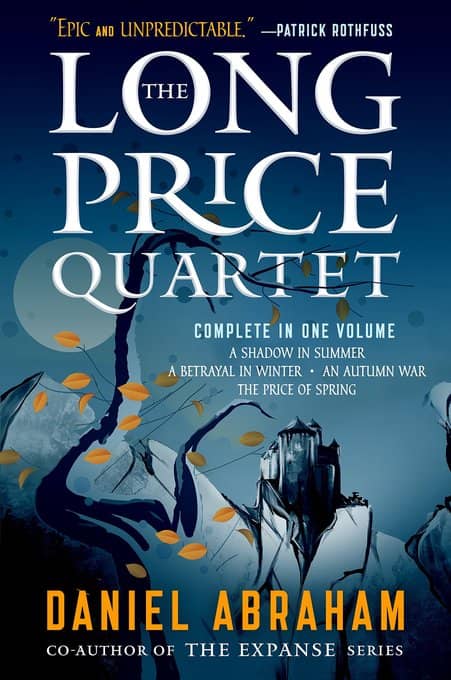
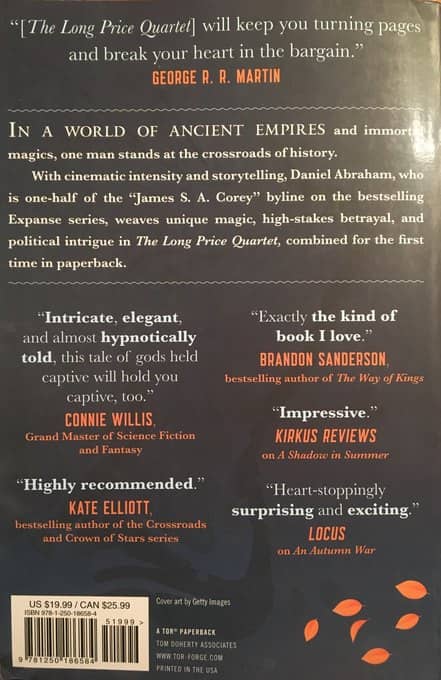


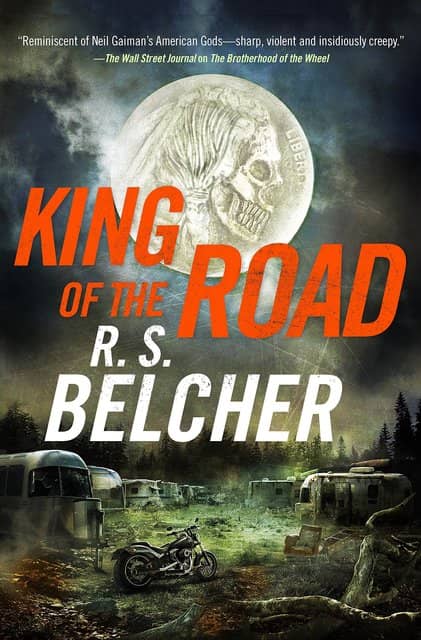
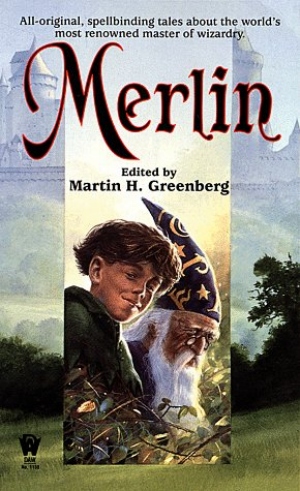
 The Arabic world has seen an upsurge in speculative fiction in recent years. Some attribute it to the disappointments of the Arab Spring and the disaster of the U.S. invasion of Iraq. Others point to ready access to the Internet, allowing Arab writers to communicate more easily with genre fans in other parts of the world.
The Arabic world has seen an upsurge in speculative fiction in recent years. Some attribute it to the disappointments of the Arab Spring and the disaster of the U.S. invasion of Iraq. Others point to ready access to the Internet, allowing Arab writers to communicate more easily with genre fans in other parts of the world.